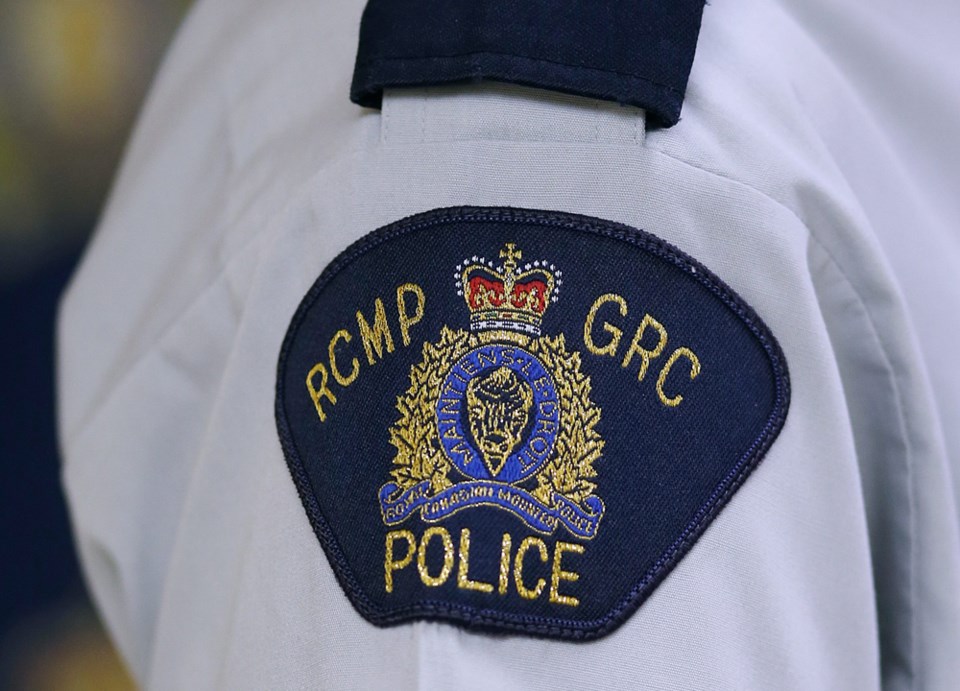 It always looked like a bureaucratic overreaction, a solution in search of a problem.
It always looked like a bureaucratic overreaction, a solution in search of a problem.
When the RCMP yanked its auxiliary officers away from the sharp end of policing this year, pulling them so far out of harm’s way that it took the edge off the job, it was a top-down decision made without input from the volunteers themselves or the communities they served.
So now, after considerable backlash, Mountie headquarters in Ottawa is taking another look. The force is asking municipalities for their opinion on three options for the auxiliary program, one of which would let them go back to doing much of what they did before.
That pleases Langford Mayor Stew Young. It was galling to have Ottawa tell longtime volunteers in the West Shore that they were no longer qualified or needed to do a job that many had been doing with pride for 20 years.
Auxiliaries — trained volunteers — have been part of the RCMP in B.C. for half a century. About 700 of them are scattered around 67 detachments in the province. Mostly they do community work — traffic control at the parade, crime-prevention stuff with local residents, that sort of thing.
Some auxiliaries could also, until recently, be found closer to the front lines. Working in uniform but without firearms, they would accompany regular members on patrol, providing a second set of eyes and a wealth of local knowledge valuable to a police force whose officers transfer from town to town every few years. For municipal governments, auxiliaries also provided a (cheap) way to mitigate the Mounties’ chronic understaffing problems.
For some volunteers, the front-line role was, frankly, the part of the job that kept them stimulated. It could also be a stepping stone to full-time police work, a way for prospective cops and their employers to take each other for a test drive.
That all changed after a pair of high-profile incidents. The October 2014 murder of an unarmed military sentry on Parliament Hill left authorities worried about protecting people whose uniforms might make them a target. Then, in January 2015, a regular RCMP member was killed and an auxiliary wounded while trying to arrest a suspected car thief near Edmonton.
RCMP national headquarters responded by reining in the auxiliaries. No more ride-alongs. No more situations where unprotected volunteers might be mistaken for regular Mounties and, therefore, be at risk. Auxiliaries couldn’t work in uniform unless accompanied by an armed regular member.
However well-intentioned, the change blindsided communities that worried the new rules would hurt events — parades, fairs — that rely on the volunteers. In Alberta, Postmedia News reported that the policy change left hundreds of willing auxiliaries sitting on their hands while the RCMP flew in regular members from as far away as Newfoundland to direct traffic and ferry officials during the Fort McMurray fires.
Now, municipalities are being asked for their thoughts on three options.
The first option is the status quo: auxiliaries would remain uniformed peace officers, but not do ride-alongs or patrols.
The second would restrict them to a community role only — crime-prevention, safety education — and take away their peace-officer status and dress them in civilian uniforms.
The third option offers three tiers of duties, each with is own training requirements.
Those in the first tier would do the community job described in option two. Those in the second tier would also do traffic- and crowd-control duties, go on foot and bike patrols, and have peace-officer status, wearing a police uniform.
Those in tier three would also ride in cars with regular members and work at traffic stops, that sort of thing, though with a midnight curfew.
If that sounds like Ottawa backtracking, that’s fine with Young.
“I didn’t even think there was a problem before,” he said Monday. “The auxiliaries never got the choice. Some bureaucrat made the rule.”
As someone who champions the role of volunteers in an engaged community, it ticks off Young that Ottawa would slam the door on seasoned, well-trained auxiliaries who went into the job with eyes open.
“There’s risk in everything you do in life, and they know the risk going in.” You could put volunteer firefighters in the same boat.
Note that even as the RCMP auxiliaries have been pulled back, their municipal counterparts, known as reserves, continue to go on ride-alongs with regular members in Victoria and Saanich.
But also note that the reserves’ focus is still on community work. And they definitely can’t take the place of a regular cop, investigating crimes or writing tickets.
There’s no substituting a reserve for a regular member on a two-cop call. If the volunteer goes, it’s as an add-on, not a replacement.
That’s the sort of balance the Mounties should be seeking now.



